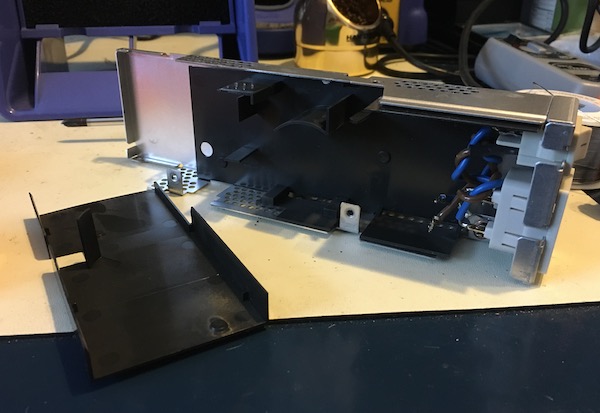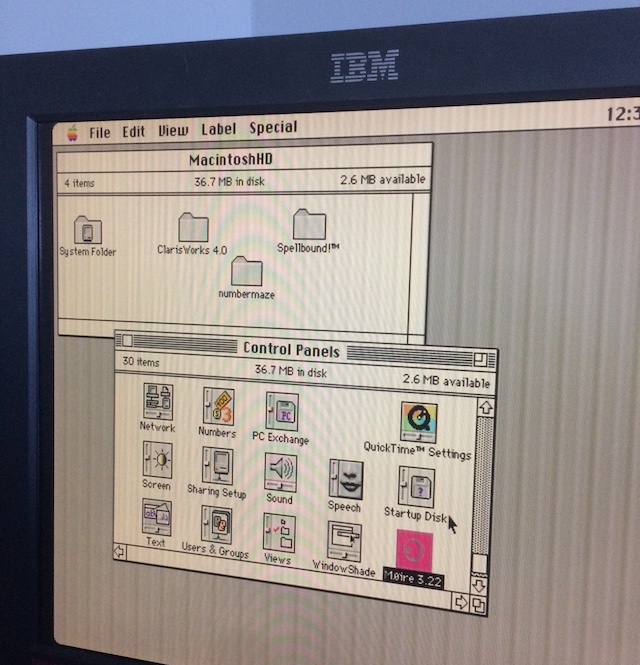Recapping a Macintosh LC TDK power supply
Tags: computer apple macintosh macintosh-lc pizzabox capacitors repair power-supply
While I was working on the bad ADB Mac LC, I tested it by using the “good” power supply from my childhood Mac LC. How good was that “good” power supply, though? Well, it smelled a little fishy.
This one was more complicated to take apart than the Astec PSU from the practice LC. There’s a lot more screws as well as a two-layer friction-fit RF shield/case, which is joined by incredibly sticky thermal paste that I kept getting on my fingers by accident. I hate you, thermal paste.
I desoldered the power supply board from the live and neutral pins. After the disaster that happened last time, I definitely wasn’t going to try desoldering it at the power switch!
Instead of cheap thin plastic paper like on the Astec, there are some neat injection-moulded plastic isolators inside the case to keep curious fingers from touching mains voltage. This must have cost a lot of money, but it’s all worth it if even one kid doesn’t get exploded.

Inside the power supply, I got to work removing the electrolytic caps. I had read something about this power supply before that said that only the ELNA “long-life” caps like to leak, but I would say that more than half of these had puked. It was definitely worth replacing as many of them as I could. The stench remained in the room for a few days.
There were some oddball capacitances in here which I didn’t have on hand, so progress was stalled for a bit while I filled up my Digi-Key cart with the parts needed for other projects.
| Capacitor | Capacitance (µF) | Voltage (V) |
|---|---|---|
| C5 | 1000µF | 10V |
| C8 | 8.2µF | 50V |
| C52 | 1000µF | 10V |
| C53 | 270µF | 25V |
| C54 | 270µF | 25V |
| C55 | 1000µF | 10V |
| C56 | 56µF | 25V |
| C60 | 47µF | 25V |
| C64 | 270µF | 10V |
It wasn’t too bad. My C8 was a little bit too big, but I left it some room on the leads and bent it so that it wouldn’t contact the legs of the chip next to it.
After wiggling the switch leads back into position with the help of a pair of tweezers (confusingly, the “live” is brown and the “neutral” is blue - good thing those are called out explicitly on the board as well as the plug socket!) I got the case back together.
Well, I kind of had to redo it because I realized I forgot one of the expensive-looking black plastic shields and had to take it all apart to put it back in. Yay, more thermal paste on my fingers.
I plugged it into the “bad ADB” LC, crossed my fingers, and switched it on. It booted right up!

Unfortunately, the flickering video issues weren’t fixed. I am now pretty sure it is either a problem with this adapter, or with the IBM monitor I have been using.
I have to finish clearing the deck of projects before I take anything else on, so at the very least I’m going to recap the power supply on the “bad ADB” LC before looking into the video problems. It would be nice to actually use these LCs now! We’re so close.
Repair Summary
| Fault | Remedy | Caveats |
|---|---|---|
| Power supply has leaky caps. | Replace caps. | Did not replace ‘main’ cap. |